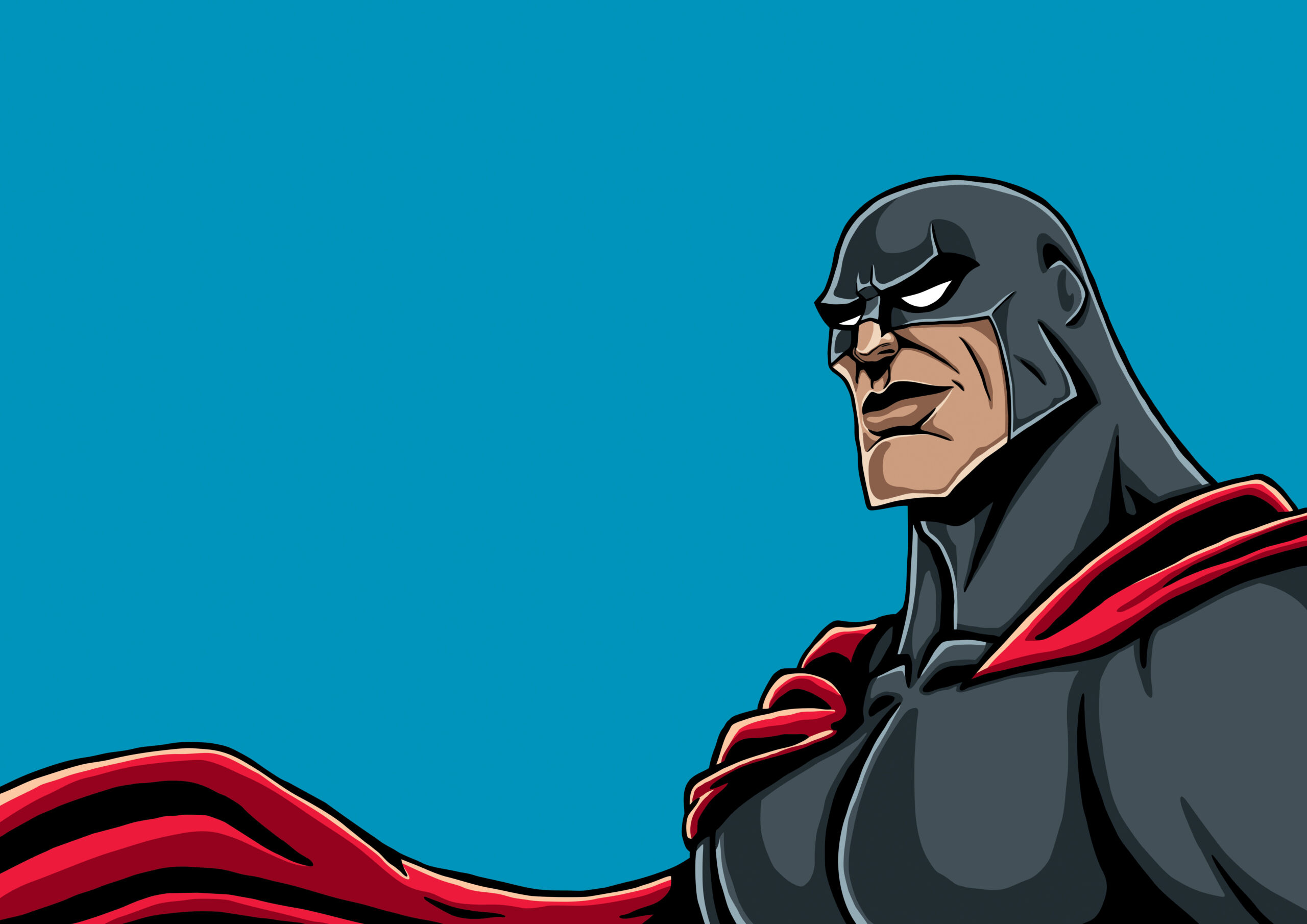One of my marketing friends told me at a recent conference that his team was trying to find “their villain.” Their challenge, as he put it, was that they couldn’t figure out which of their competitors it was.
I told him to stop looking there.
Every great story has a great villain.
It’s not always a person, and it’s not even always evil. It might be a mountain that has to be climbed or a shark that must be battled. One of my screenwriting teachers used to say it’s better to call our villains “resistance,” because that’s what’s preventing the hero from reaching the goal.
Great villains personify our heroes’ dark side. They’re what heroes risk becoming if they don’t choose the right path on their adventure. Think of Darth Vader and Luke Skywalker or The Joker and Batman.
Great villains are the mirror image of our hero. In many stories, the villain even acknowledges this mirrored image, so the hero and the audience have to recognize it. Think of the classic scene – usually just before the climactic third act – where the villain says, “You and I, we’re not so different.”
This recognition is usually one of the things that pushes our hero to summon even more strength to take on the final battle.
So it goes when we invent villains in our marketing. The stronger the villain we create, the more interested our audiences will be in the stories we tell.
Our natural tendency is to make our competition the villain – but this is a mistake. You and your competitors are both after the same thing. Think of them more like the annoying character that pushes the hero to go harder. You might think of Val Kilmer’s Iceman in Top Gun, or Jane Krakowski’s Jenna Marone and her relationship to Tina Fey’s Liz Lemon in 30 Rock.
Your best villain is the relatable (and sometimes attractive) dark side of the truth your hero – your customer – must realize.
For example, Netflix CEO Reed Hastings recently said that their main competition – their villain – is sleep. When I worked with a financial services company recently, we discovered in an exercise that their villain is complacency. Their whole strategy argued that a good investor is an active investor.
Your villain has to be powerful, much more powerful at first than your hero. Inventing and making a substantial, relatable, and daunting villain is an incredibly important part of your content strategy. How will you know you’ve found the right one? When going up against it scares you.
It\’s your story. Tell it well.





